Bamboo has many amazing characteristics. And the woody grass has a reputation for being the fastest-growing plant on earth. That reputation is well-deserved because some varieties of bamboo can grow more than a meter a day, under ideal circumstances.
NOTE: This article first appeared in June 2019, most recently updated in June 2024.
How fast does bamboo grow, and how big does it get?
As there are more than 1,400 distinct varieties of bamboo, these are difficult questions to answer. Some dwarf bamboos only get a few inches tall, and some giant timber bamboos can reach more than 100 feet in height. Of course, the timber bamboo grows much faster, but there are a number of factors that come into play. There is also the question of how fast bamboo can spread, because its rhizome roots are famously aggressive.
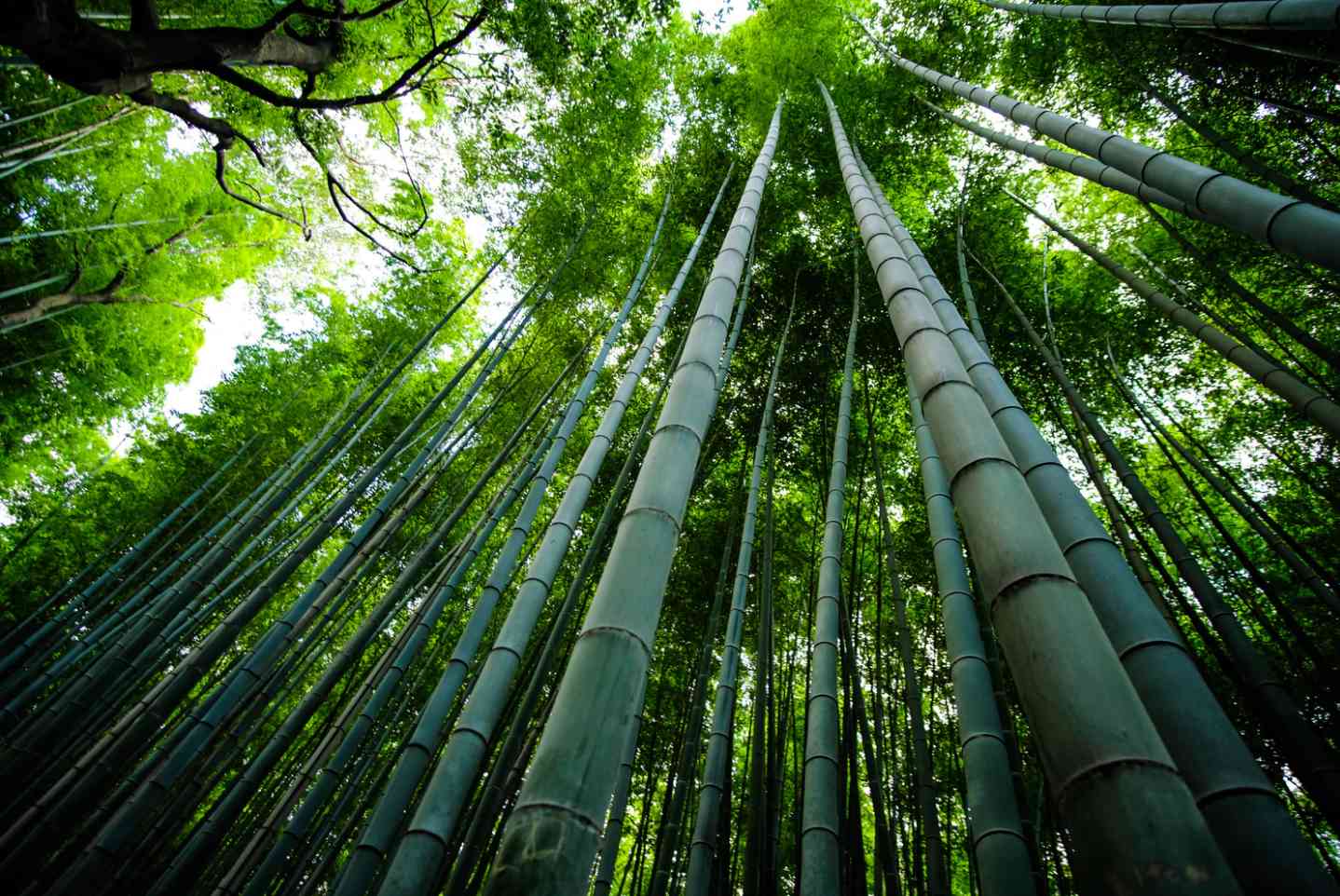
Bamboo’s growth rate
According to the Guinness Book of World Records, bamboo is actually the fastest-growing plant on earth. Although Guinness does not identify a particular species, they report a growth rate of 35 inches a day. Other sources claim that bamboo can grow more than a meter (39.4 inches) in a day.
At 35 to 40 inches a day, bamboo is indeed the fastest growing plant on earth. But there are a few things you need to understand about bamboos and their growth habit.
First of all, this rate of growth is only possible with certain varieties of bamboo. Phyllostachys, a genus of running bamboo from Southern China, includes some of the fasting-growing species. Moso Bamboo (Phyllostachys edulis) is considered one of the largest and most vigorous varieties. Phyllostachys vivax is another impressive timber bamboo.
Guadua is a tropical genus from Central and South America, often called the world’s strongest bamboo. It grows incredibly fast, often getting up to 5 or 6 inches in diameter. Then there’s Dendrocalamus, from India and Southeast Asia, which is also incredibly large, strong and fast-growing.
Moreover, bamboo does not grow this fast on a regular, consistent basis. During the growing season, which is generally in the spring—although some tropical climates get two growth seasons a year—the bamboo puts out fresh shoots.
Bamboo’s growth habit
If the bamboo is fully mature, at least four or five years old, it will put up maximum-sized shoots. For a month or two, these monstrous culms will skyrocket upwards until they reach their full height. The culm diameter will not get any larger after this. During the rest of the year, the bamboo may continue to bush out with more leaves and branches. But the individual bamboo culms will achieve their maximum height and girth within the short growing season.
Finally, the growing conditions are critical. Moso Bamboo, for example, is considered the fastest-growing species of temperate bamboo. Although it’s native to the subtropical areas of Southern China, Moso can grow very well in temperate climates. But in those cooler regions, it will never grow as fast and tall as it does in the heat of the subtropics.
Tropical, clumping bamboo, like Guadua and Dendrocalamus, will have a much harder time in temperate climate zones. In fact, they will be lucky to survive, let alone reach their full potential. But in their native habitats of Central America and Southeast Asia, respectively, they are among the fastest-growing varieties of all.
How fast does bamboo spread?
Temperate, running bamboos like Phyllostachys are noteworthy for their aggressive, monopodial rhizome roots. Thankfully, they won’t spread at a rate of 2-3 feet a day, but their growth rate is formidable and something to be aware of. They can easily spread twice that much in a year.
As of yet, the Guinness Book of World Records has not taken the time to measure the speed at which bamboo’s underground rhizome network can grow outward. And again, this pace depends greatly on the variety of bamboo and its growing conditions.
Phyllostachys, as mentioned above, is one of the fastest-spreading genera of running bamboo. P. aurea, P. bissetii and P. aureosulcata are some of the most invasive species to watch out for. You might not notice in the first season or two, but once established, they can really spread out of control. (Remember the famous proverb: “The first year it sleeps, the second year it creeps, the third year it leaps.”)
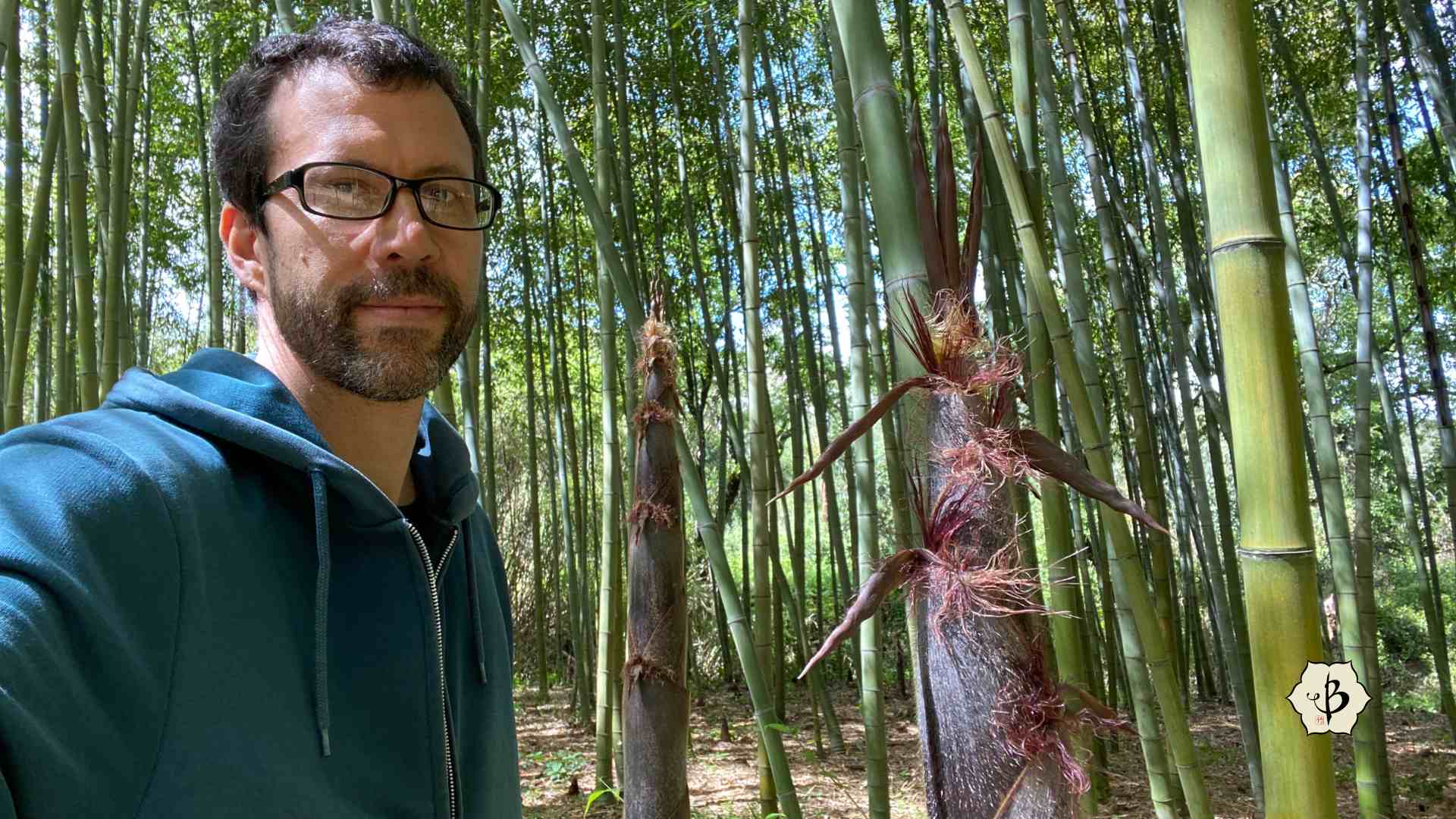
Other varieties of bamboo might be much smaller in stature. But don’t be fooled, their running roots can be incredibly vigorous. Many species of Pleioblastus, Sasa, and Sasaella fall into this category. In a warm climate with good sun exposure and adequate water supply, their footprints can easily spread several feet a year. In a shadier spot or a cold climate, they won’t spread as fast. But you’ll still need to keep an eye on them.
Check out our articles on cold hardy bamboo, running bamboos, and bamboo containment to learn more.
Bamboo height
With more than a thousand varieties, it’s impossible to make a generalization about how tall bamboo will get. Moso Bamboo, again, is one of the biggest, easily exceeding 100 feet in height.
Another remarkable species is Guadua giganteus, native to Colombia and Central America, one of several varieties referred to as Giant Bamboo. This New World specimen will commonly grow 25-35 meters high, or 80-115 feet.
But according to Guinness, the prize for the world’s tallest bamboo goes to Dendrocalamus giganteus, also called Dragon Bamboo and Giant Bamboo, from Southeast Asia. Living up to its name, this enormous species can easily exceed 100 feet in height. But bamboo experts say that the title of Biggest Bamboo actually belongs to Dendrocalamus sinicus, more recently discovered in Laos. Members of this daunting species have been known to get more than 50 meters high, or 164 feet, with a culm diameter more than a foot wide.
That’s still a far cry from the Hyperion, a 380-foot tall Coastal Redwood in Northern California, but pretty astonishing for a stalk of grass. Keep in mind that a maple tree, for example, will rarely grow taller than 150 feet.
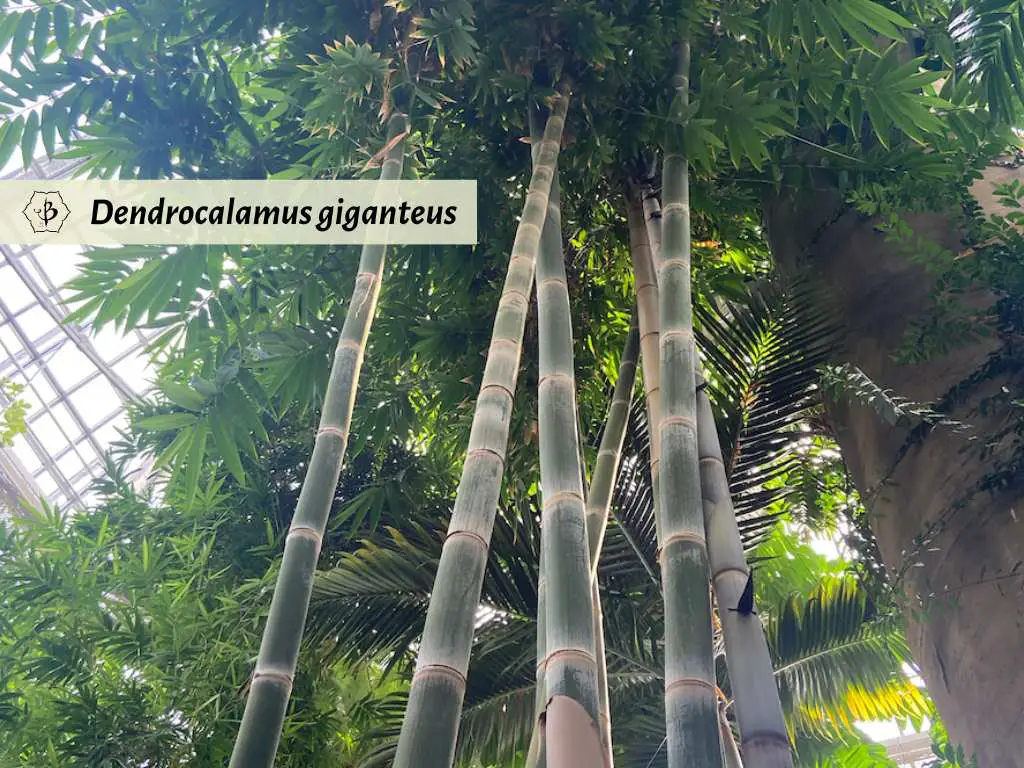
Conclusions
There’s no doubt about it. The size and growth rate of certain bamboo species make them some of the most remarkable plants on earth. Growing more than a meter a day, you can actually sit and watch it grow. Grab a cold beverage (maybe with an umbrella in it), pull up a cozy rattan chair, and in 40 minutes you can see a tropical bamboo grow about an inch.
Indeed, this makes bamboo the fastest-growing plant, or organism of any kind, on earth. Apart from these especially vigorous varieties of timber bamboo, the next fastest-growing plant is probably giant kelp. Macrocystis pyrifera grows a little more than two feet a day, reaching a maximum length of around 150 feet over the course of a long growing season.
Just don’t expect to see bamboo growing like this in your own garden. Not that you would want to. But unless you live in Costa Rica or Indonesia, it’s probably not going to happen. Within the U.S., you might see comparable growth rates in Hawaii or Florida. But you’re still not going to set a new world record.
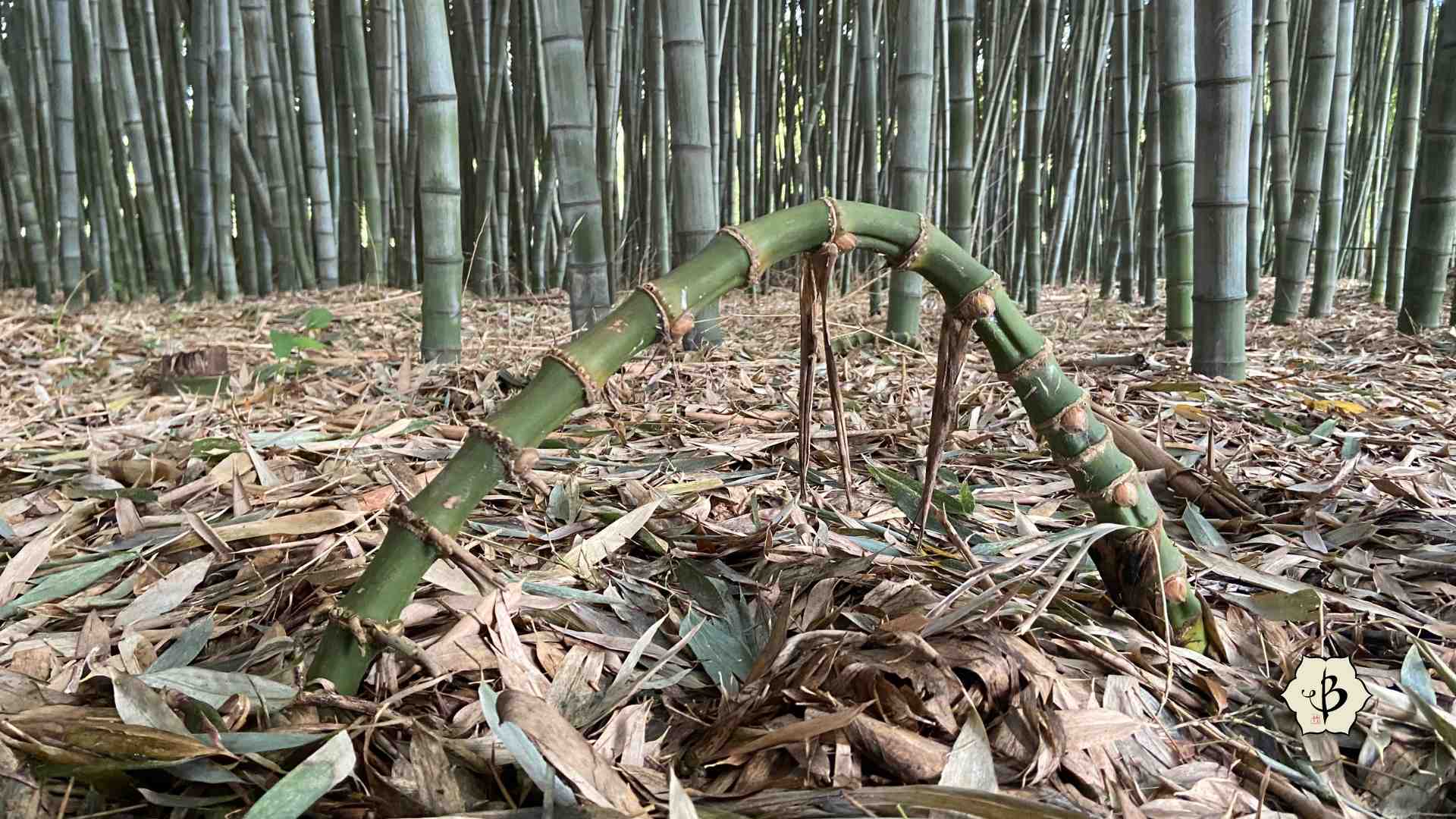
Further reading
To learn more about the incredible properties of bamboo, check out some of these other interesting articles.
- What’s so great about bamboo?
- Giant Bamboo: The most massive grasses
- Moso Bamboo: The king of grasses
- Best bamboo species for building and construction
- Bamboo and Oxygen: A breath of fresh air
- The most invasive varieties of bamboo
- Growing Bamboo: A complete how-to guide
FEATURE IMAGE: Moso bamboo has one of the fastest growth rates of any woody plant. Photo by Fred Hornaday.

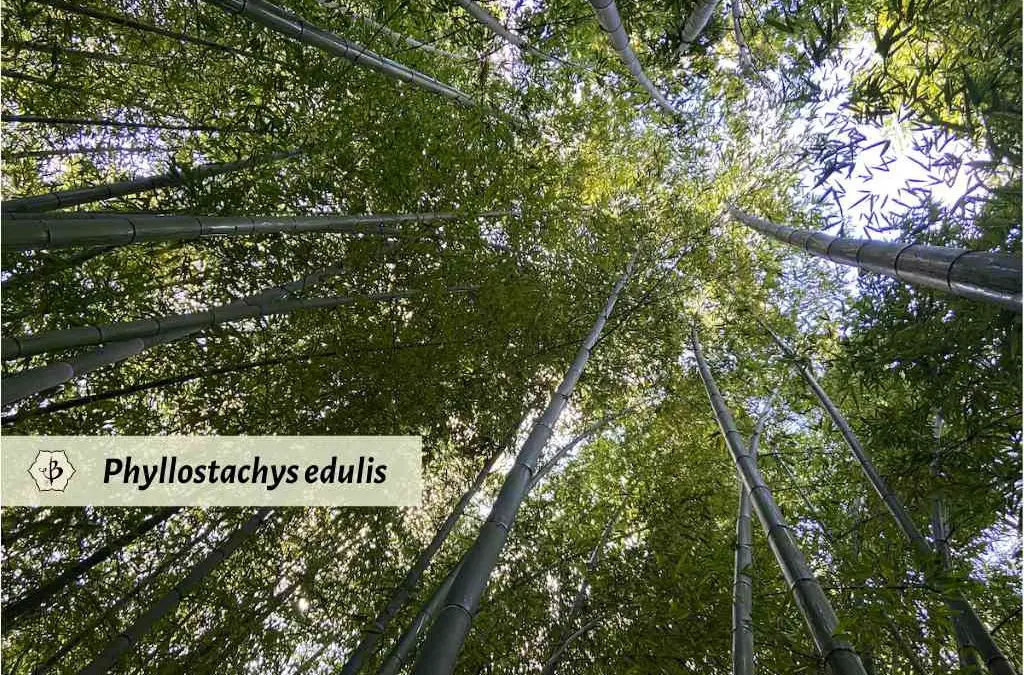
























I’m interested in transplant bamboo especially in south Africa there are green field available
Hi. I would like to know if you have any information on Giganthochla levis bamboo species? If you have any, please let me know. I am doing my final year project on the specie so I need as much as I can on the species. Thank you for your help.
Gigantochloa is a tropical clumping bamboo, but I don’t have a lot of experience with this genus. Good luck with your research!
I live in Florida (In the States) and I was wondering if it is possiblle to purchase one of these plants and if it will survive in the hot climates of Centeral Florida? By the way this post was very useful.
Yes, various species of Dendrocalamus will do well in Florida’s heat and humidity. Check out our directory of nurseries.
Hi there. I live in lesotho, a small landlocked country in Southern Africa. We basically have 2 seasons, summer and winter. Can I grow bamboo and it grow and prosper?
Thank you.
Regards,
Peter
Yes, there are a few native bamboo species in southern Africa, and several more varieties have been introduced.
what is the best bamboo to grow in arkansas. I would like some that will get 20 to 30 ft tall and spread on its on. a fairly fast growing bamboo.
I would recommend Henon or Madake.
Hi. Will “clump” bamboo spread in a relative “straight line” or will to spread out in all directions once planted
A running bamboo type will spread in all directions, showing a preference for better soil, heading towards the water supply. Usually, a clumping bamboo will spread more evenly like a circle adding concentric rings, but the new shoots are closer together, and eventually the clump achieves a maximum size, maybe 5, 10, or 15 feet in diameter, depending on the species. You can also use rhizome barriers to control the direction of the spread.